The pH of the water in your aquarium is very important for the growth, health, and survival of your fish. Yes, your aquarium’s pH can be the difference between life and death for your beauties! And as with everything else on earth, striking the right balance is key.
Not to worry, you’ll have all the information you need on how to lower the pH in aquarium and why in a bit.
Let’s take a look at what pH is first off. pH (power of Hydrogen) is simply the level of acidity or alkalinity of a substance and it is usually graded on a scale of 0 – 14; where 0 – 6 is acidic, 7 is neutral and 8 – 14 is alkaline.
The pH of freshwater for aquariums is usually around 6.5 – 8.0, preferably 7.0 as too acidic (low pH) or too alkaline (high pH) would be disastrous for your fish.
The pH in an aquarium or any water body at all is never static; it changes from time to time based on interactions with plants and other naturally occurring elements that may be in the water like moss, oysters, etc. These variations in pH level from the optimum are why you need to know how to lower pH in aquariums as fish cannot survive for long in water that is too alkaline.
Table of Contents
How Do I Measure The PH Of My Aquarium
Before you can begin to maintain your aquarium’s pH level, you must first know what the pH level is. This is what enables you to know if you need to lower the pH or raise it. To check the pH of your aquarium you’ll need to use a testing kit or device which can either be an electronic tester or a chemical tester from any store around you.
An electronic tester will display the reading of the pH on its screen after reading, while a chemical tester (usually test strips) will need you to compare color changes against a color chart.
Electronic testers are obviously more reliable, also reducing the place of human error, but with chemical test strips you can get to check for a host of other factors, not just pH.
Whichever method you choose to use, be sure to measure the pH correctly as getting the wrong result might cause you to adjust the pH in a way that was not required and leave you with water that is too acidic or too alkaline.
Once you know the pH you’re working with, you can now make the right decision. It is advisable that you measure your aquarium’s pH regularly as fluctuations in pH can lead to stress for the fish.
How To Lower PH In Aquarium
So many methods are available for you to choose from if you need to lower pH levels in an aquarium; they cut across using chemicals, naturally occurring materials and special equipment.
Natural Methods to Lower pH in Aquarium
1. Change the water
Easy right? All you need to do is reduce the water in your aquarium by about 20% and put it in freshwater. Just be sure to check the pH levels of the water source before you put it into your aquarium, one good source is usually tap water as it is mostly of neutral pH.
This is by far the cheapest and quickest way to lower the pH in an aquarium. To maintain the pH level over time as evaporation occurs, simply add more water into the aquarium.
2. Peat Moss
This is high up there with the use of driftwood as a great way to lower pH in aquariums and is considered one of the safest natural methods. Peat Moss contains gallic acid and tannic acid which it releases slowly into the water over time, effectively lowering the water’s pH as well as reducing the water’s hardness.
To use, you have to put the Peat Moss in a mesh bag and leave it inside the aquarium for days as it takes a while, and dipping it briefly won’t work. Another downside to using Peat Moss to lower pH in aquariums is that the tannins turn the color of the water yellowish or brownish.
3. Catappa Leaves
For these to work, the leaves have to decay first. Before you shout gross, know that you don’t have to put them directly into your aquarium; you can simply leave them to decay in a container of water and add the water to your tank later. Apart from their gentle mode of action, their antibacterial properties also make them a great choice.
4. Driftwood
It requires careful care when selecting the type to use, be sure that whatever driftwood you’re using does not contain any chemicals that may harm the aquarium’s occupants. A fringe benefit of using driftwood is that you can pair it with plants to create beautiful aesthetics in your aquarium.
Just like Peat Moss, driftwood works by releasing tannins gradually into the water that effectively lower the pH in the aquarium. It also changes the color of the water.
Mechanical Methods to Lower pH in Aquarium
● Reverse Osmosis
Very effective but not cheap, reverse osmosis involves using a filter that stops impurities from getting into the tank. This means you end up with water that is almost 100% pure and free of pH-altering substances; remember that water’s normal pH is neutral and great for your fish.
Reverse osmosis devices also remove toxic substances from your water and are a worthy investment once you get one. Just be sure to invest in a reputable one, regardless of the cost.
Chemical Methods to Lower pH in Aquarium
● Vinegar
Any brand of white vinegar will do for this and a little goes a long way. For a 10 gallon capacity aquarium, you’ll need just one (1) teaspoon of white vinegar. It converts the O2 in the aquarium to CO2, reducing the pH. Be careful not to use too much as that will harm the fish.
● Company Prepared Reagents
There are a lot of options in the market for reagents that have been made to lower pH in aquariums. Always ensure that in using any commercially bought reagents that you adhere strictly to manufacturers’ instructions and always read the ingredient list.
What Causes High PH in Aquarium
Now that you know how to lower the pH of your aquarium, here are some of the reasons why it might have gotten raised in the first place.
- Evaporation of Water – evaporation occurs daily and leaves behind alkaline substances, this is why it is important to top up your water as well as change it regularly.
- Water Hardness – this is caused by mineral deposits in water which all contribute to increasing the pH level. Reverse osmosis is the solution to this.
- Plants – Yes, those beauties can be culprits. Plants that use up a lot of the CO2 and nitrates in the tank cause an increase in pH levels over time.
- Substrates – corals, shells and some types of rocks (e.g. limestone) can increase pH levels over time so be careful when using them; make sure they won’t overly shift the pH of your aquarium. To check your rocks, drop a little vinegar on them, if they fizz and bubble up, they’ll increase your aquarium pH. The solution is to frequently change the water.
Frequently Asked Questions
Is there a perfect pH level?
Perfection is not the goal; so long as you maintain the pH between 6.5 – 8.0, fluctuations are allowed. Resist the urge to correct every little fluctuation in pH as this can cause stress to the fish.
Will high pH kill my fish?
Yes, it will kill the fish over time but it is more dangerous to overcorrect and make the pH too low as this will kill your fish faster.
Is it safe to use chemicals in lowering the pH in aquarium?
Yes, it is safe, just adhere to the manufacturers’ instructions and use reputable brands.
Do all fish need the same pH level in aquarium?
No, different fish need different pH levels as the pH of water in different parts of the world is not the same. Not all fish should share a tank.
How often should I check the pH of my aquarium?
Regularly, especially when you want to change the water. Just make sure you don’t give in to the urge to adjust every little change in pH.
Conclusion
Like I mentioned earlier, the pH of the water in your aquarium is very important for the growth, health, and survival of your fish and as such, it should be taken seriously. Fish cannot survive in an environment that is too alkaline, so be sure to lower the pH of your aquarium if you notice the pH readings going above 8.0.
Remember that different fish from different regions require different pH levels, thus, you should be sure that all the fish you’re putting in your aquarium can survive optimally within the same pH range even as you work to lower the pH.

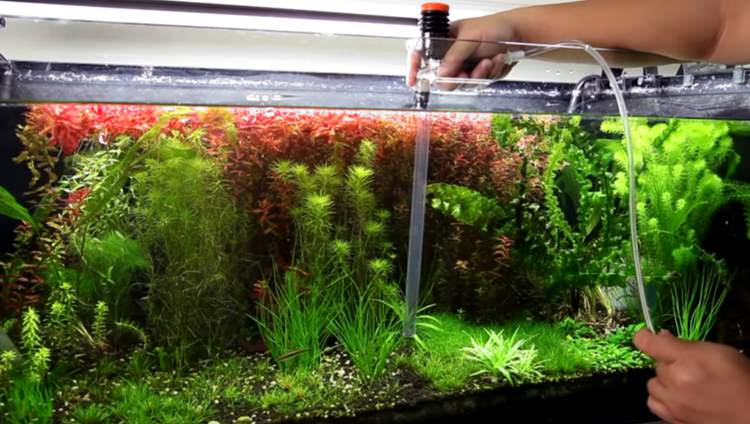
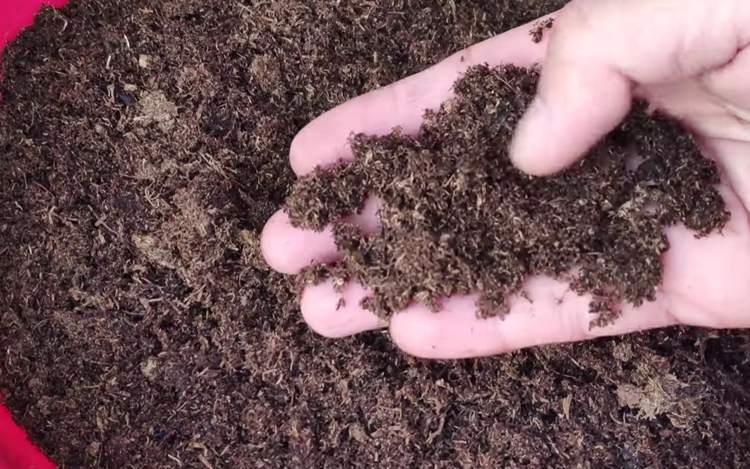
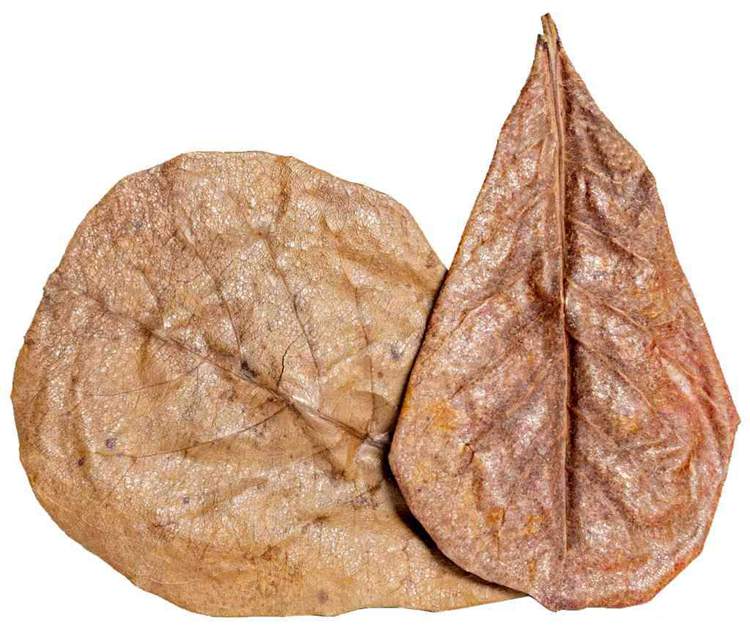


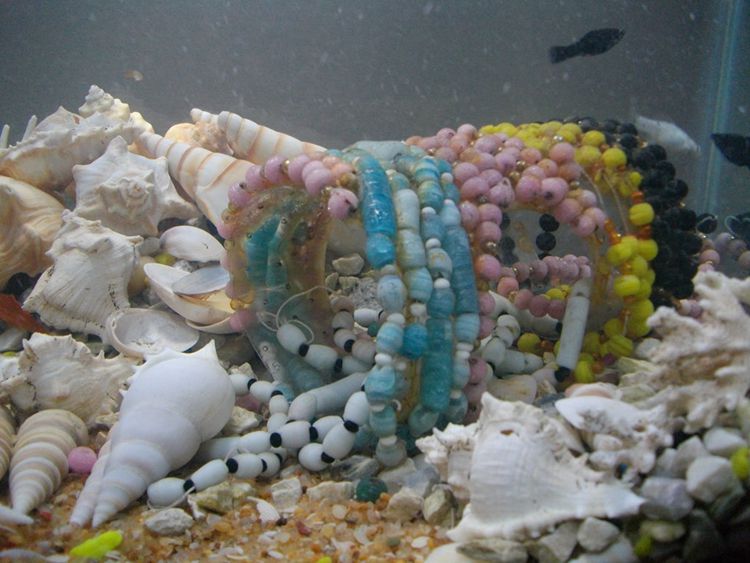

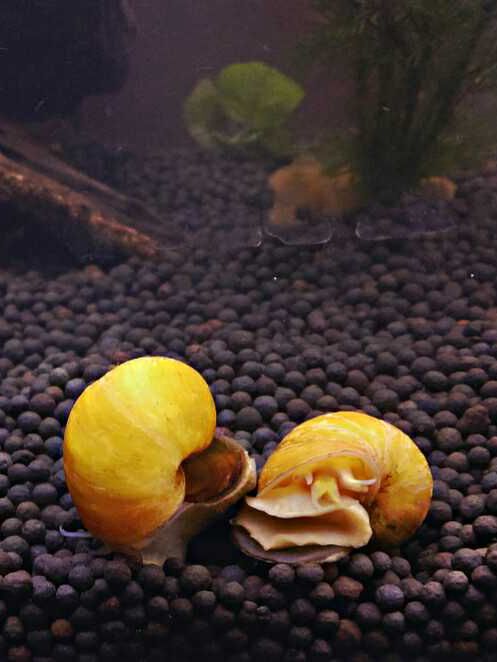
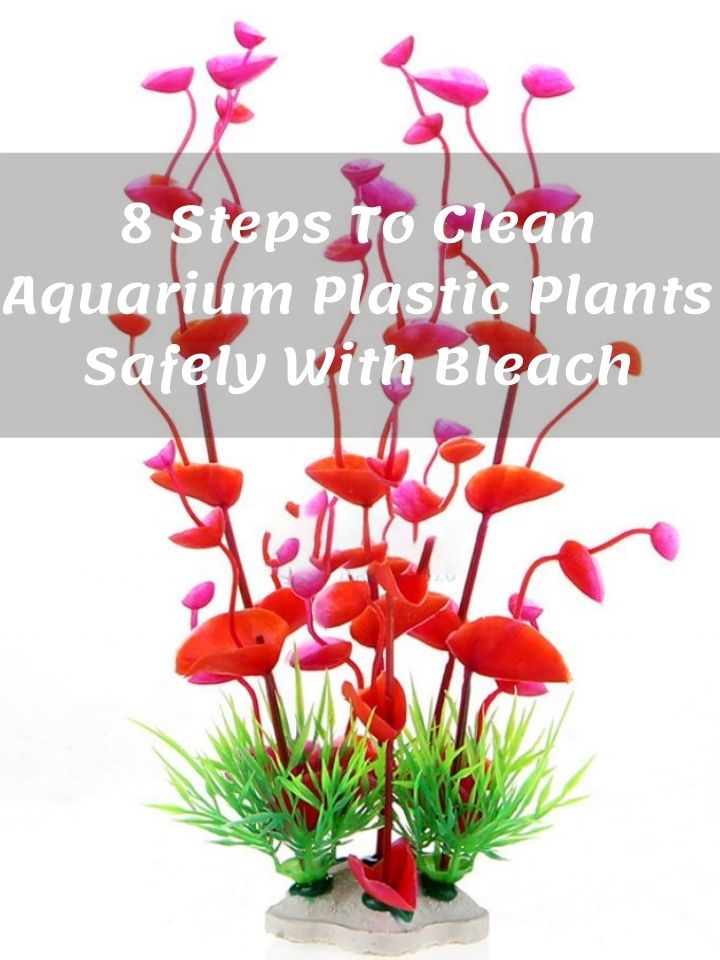
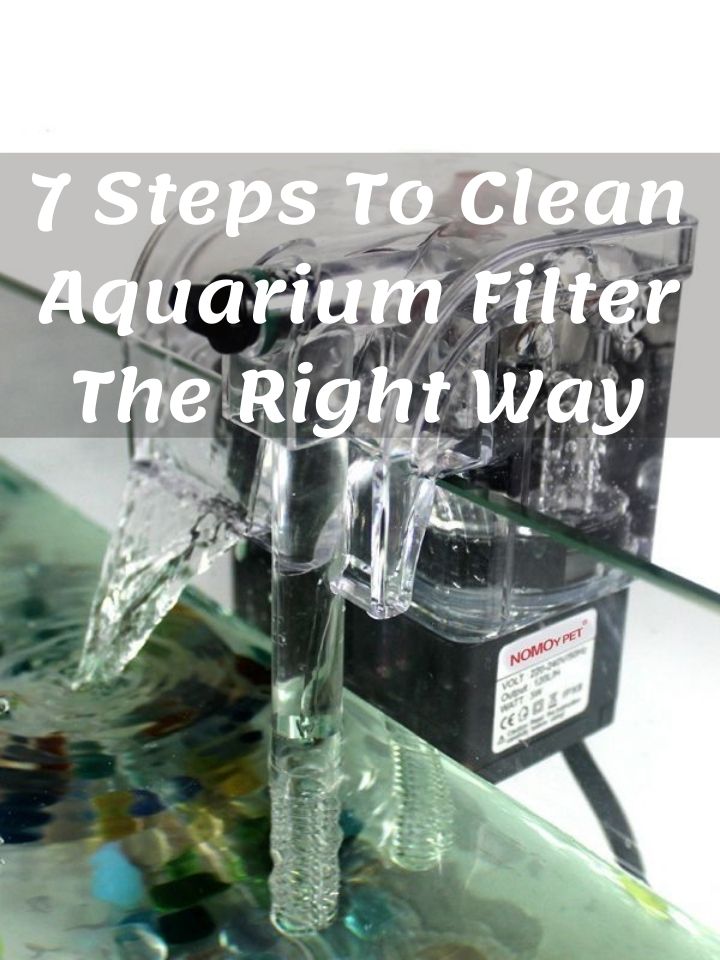
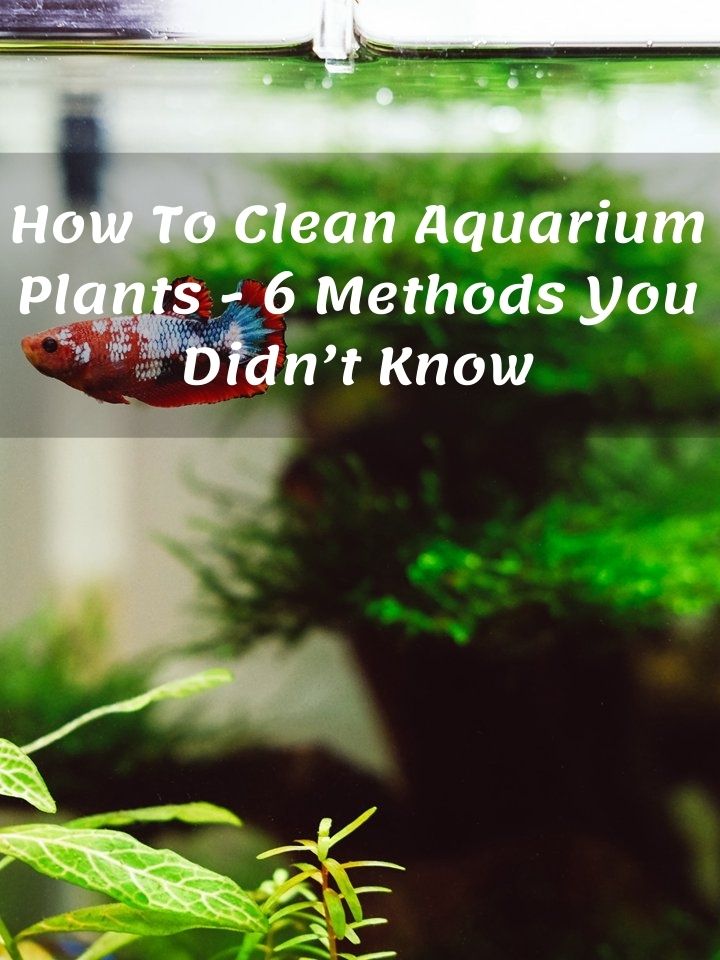
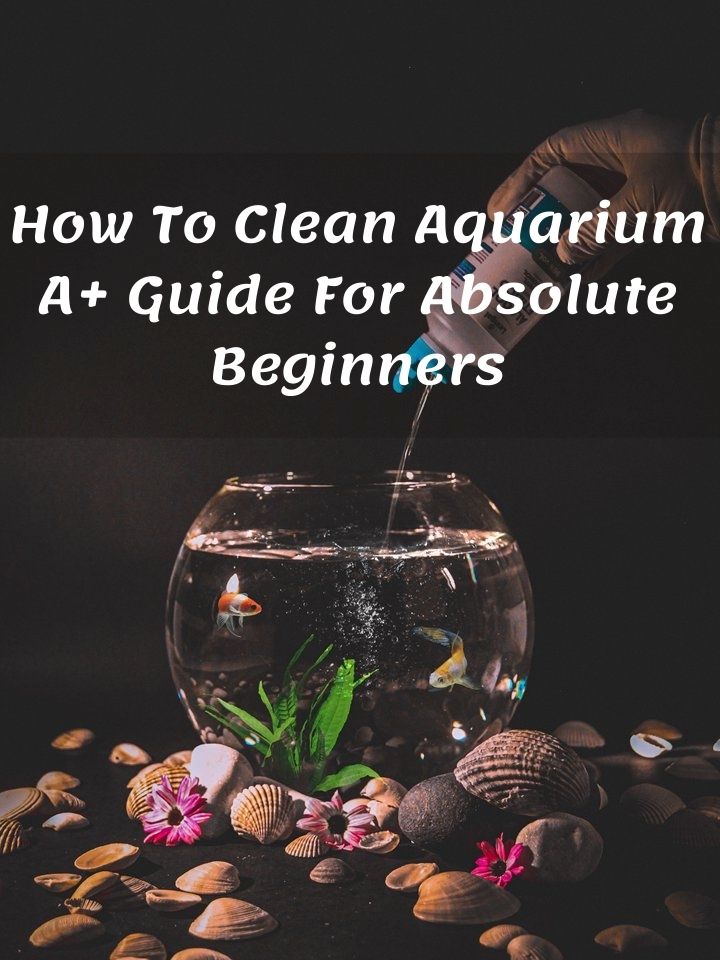
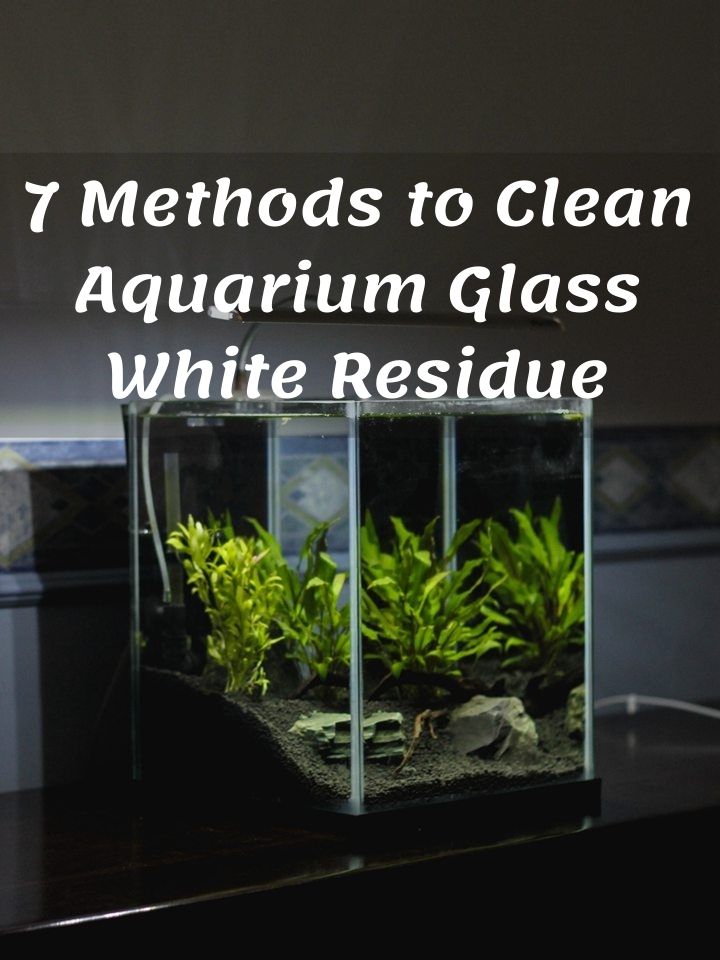
Ask Me Anything